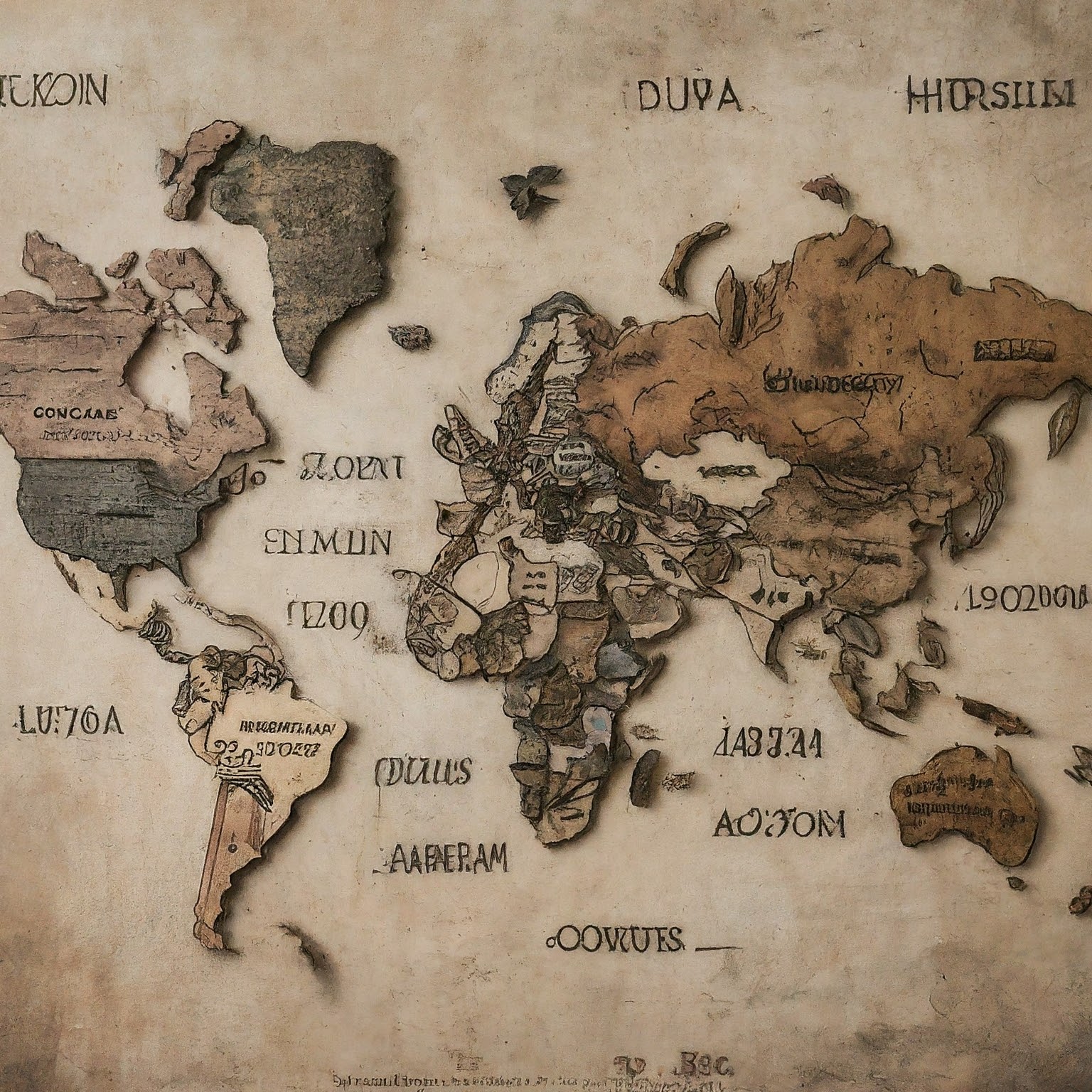Introduction
In today’s interconnected world, communication transcends borders. Whether you’re calling a business partner in Australia, a loved one in Canada, or ordering a product from a supplier in China, the ability to connect seamlessly is essential. At the heart of this global communication network lies the country code, a numerical identifier that designates a specific country or territory. This article delves into the intricacies of country codes, their history, structure, and significance in the modern world.
 Understanding Country Codes
Understanding Country Codes
A country code is a series of numbers used to identify a country when making international calls. It is prefixed to the national telephone number, allowing callers to reach destinations across the globe. The International Telecommunication Union (ITU) is responsible for assigning and managing country codes worldwide.
The Structure of a Country Code
Country codes typically consist of one to three digits. For instance, the United States has a country code of 1, while the United Kingdom’s is 44. These codes are part of the International Subscriber Dialing (ISD) system, which enables direct dialing to other countries.
The Importance of Country Codes
Country codes serve several crucial functions:
- International Calling: As mentioned, they are essential for making international calls. By dialing the correct country code followed by the national number, callers can connect with people in different countries.
- Routing Calls: Telecommunication networks use country codes to route calls efficiently. The system recognizes the code and directs the call to the appropriate destination.
- Identifying Countries: Country codes can be used to identify the origin of a call. This information is valuable for various purposes, including telemarketing, fraud prevention, and market research.
The History of Country Codes
The concept of country codes emerged in the early 20th century as international telephone communication became more prevalent. The ITU recognized the need for a standardized system to facilitate global calling.
Early Days of International Calling
Initially, international calls were complex and time-consuming. Operators manually connected calls through various switching centers. This process was prone to errors and delays.
The Introduction of Country Codes
To streamline international calling, the ITU introduced country codes. These codes simplified the dialing process and reduced the likelihood of errors. As technology advanced, automatic routing systems were developed, making international calls more accessible and efficient.
Country Codes and the Internet
The rise of the internet has further expanded the role of country codes. While primarily used for telephone communication, country codes also play a part in online activities.
Top-Level Domains (TLDs)
Many country-code top-level domains (ccTLDs) are based on the ISO 3166-1 alpha-2 country codes. For example, “.uk” represents the United Kingdom, and “.fr” stands for France. These ccTLDs are used for websites and email addresses associated with specific countries.
IP Addresses
Internet Protocol (IP) addresses often include country-specific information. While not identical to country codes, IP addresses can be used to approximate a user’s location based on the assigned IP range.
Challenges and Future Developments
Despite their importance, country codes are not without challenges.
Overlapping Country Codes
Some countries share the same country code, which can lead to confusion. For example, the United States, Canada, and many Caribbean countries share the country code 1.
Code Exhaustion
As the number of countries and territories grows, there is a risk of exhausting the available country code numbers. The ITU is continuously working to address this potential issue.
Future Trends
Several trends are shaping the future of country codes:
- Number Portability: As technology advances, number portability is becoming more common, allowing users to retain their phone numbers when switching carriers or countries.
- Voice over IP (VoIP): The increasing use of VoIP services is changing the way calls are routed and may impact the reliance on traditional country codes.
- Satellite Communication: Satellite-based communication systems are expanding global connectivity, potentially leading to new approaches for identifying and routing calls.
Conclusion
Country codes are fundamental to international communication. Their role in connecting people and businesses across the globe cannot be overstated. As technology continues to evolve, country codes will likely adapt to meet the demands of a changing world. Understanding the history, structure, and significance of country codes is essential for anyone involved in global communications.
[Continue with additional sections or subtopics as needed, such as country code standards, specific country code examples, or the impact of country codes on business]
Note: To provide a more comprehensive and informative article, consider incorporating specific examples, statistics, or case studies related to country codes. Additionally, you can explore the cultural and social implications of country codes.
Would you like to add more sections or focus on a particular aspect of country codes?
لا تعليق